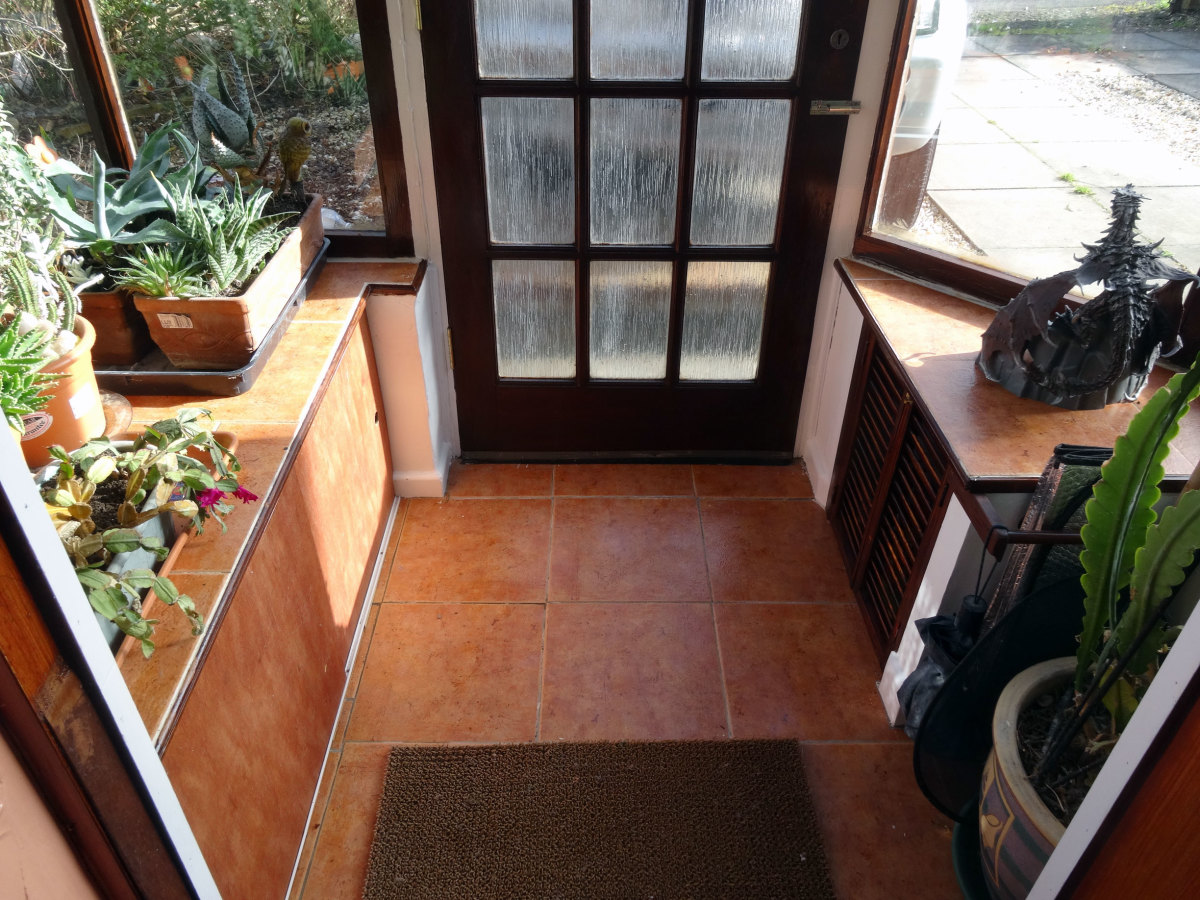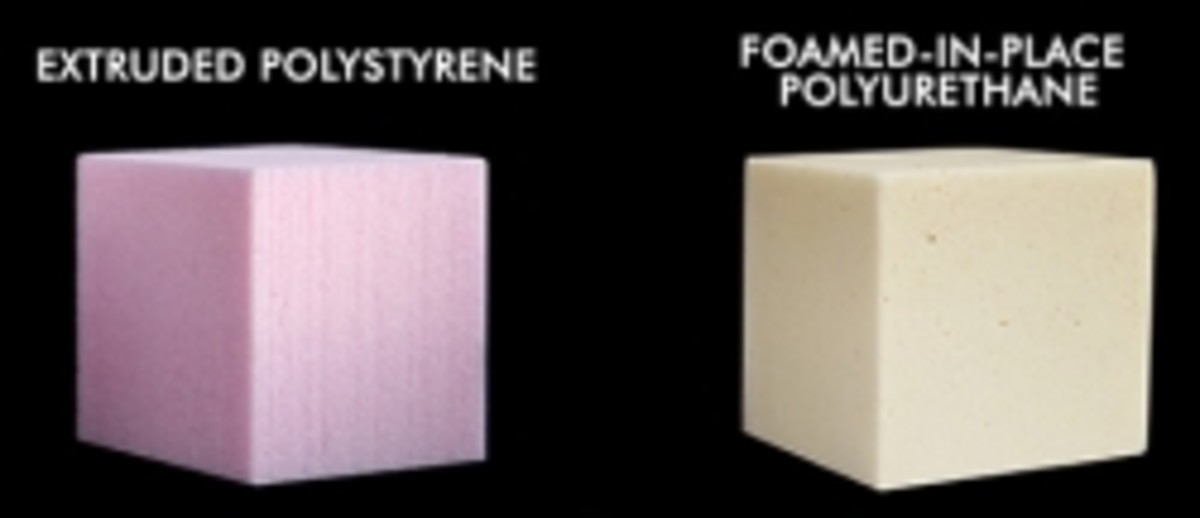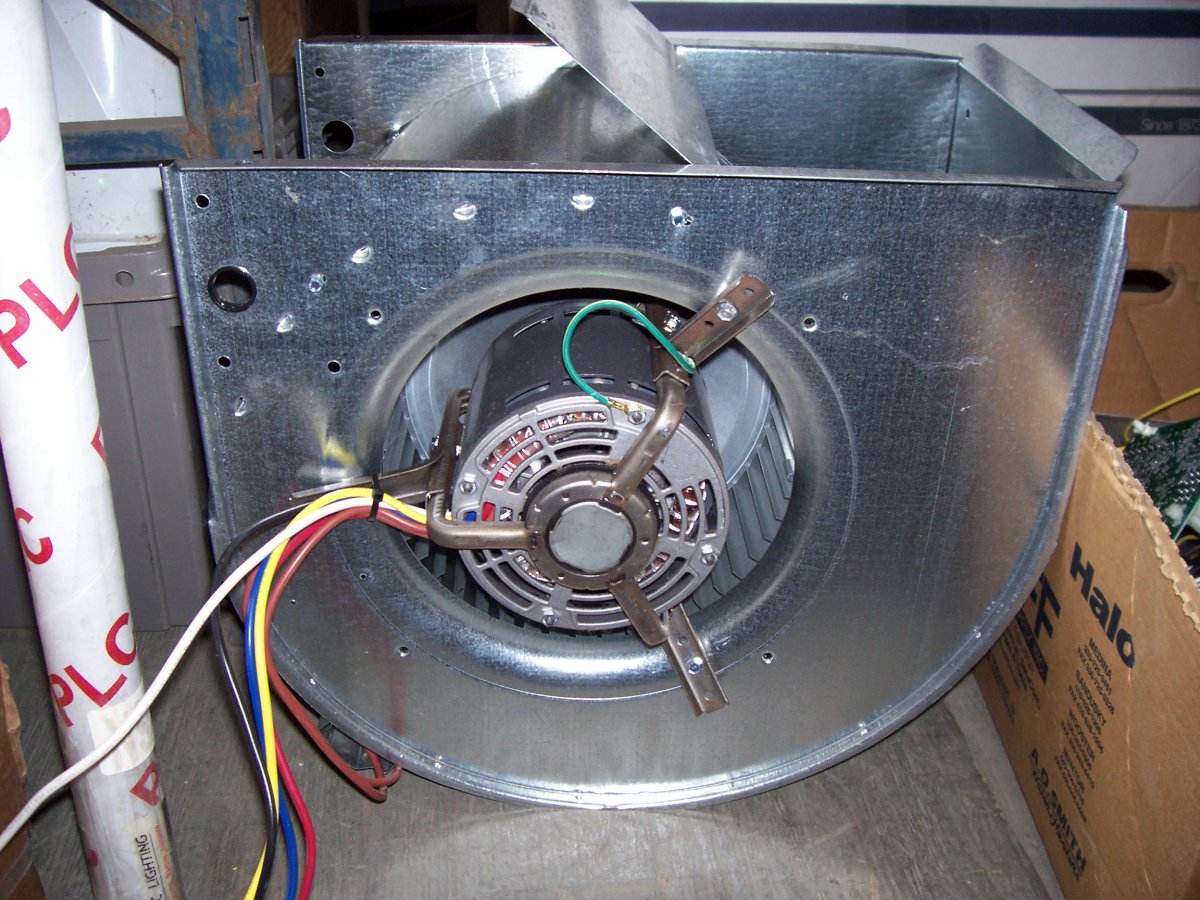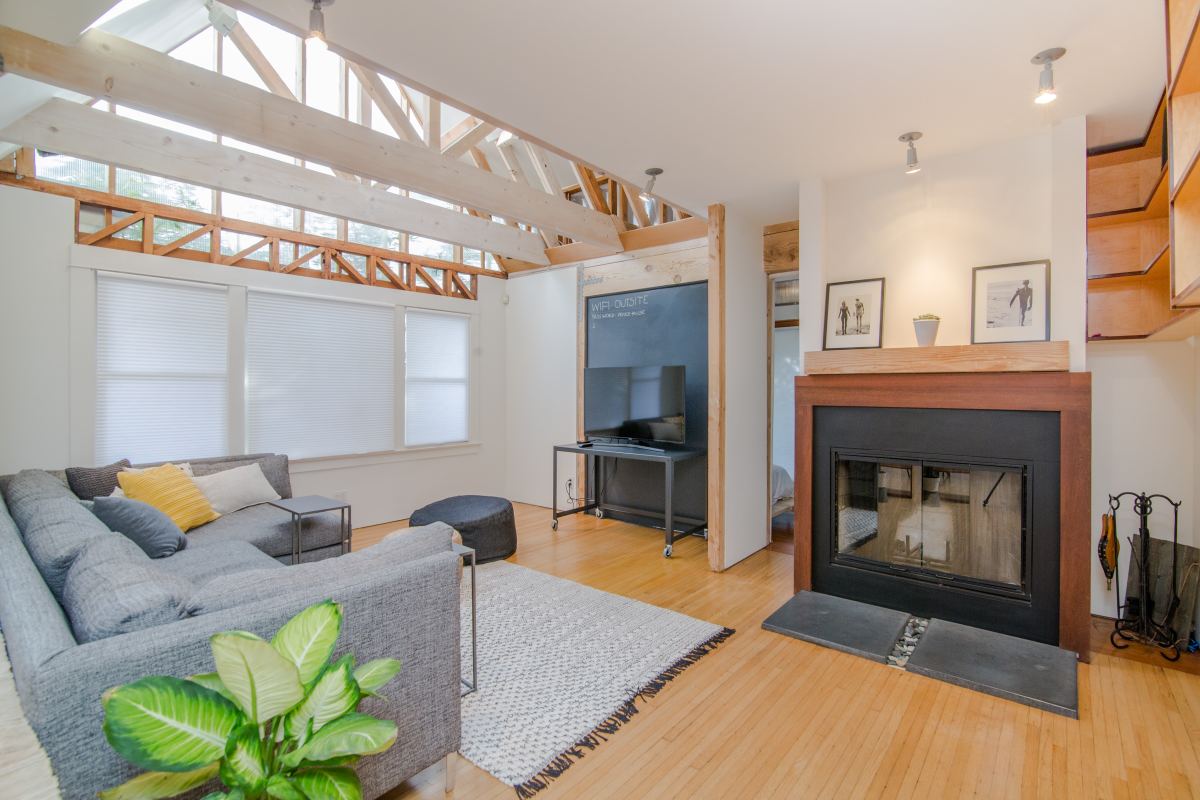Automatic Crawl Space Air Circulation Controlled Remotely by Humidistat and Monitored by Smartphone

Damp Crawl Space Can Damage Your House and its Contents
If you have a wet or damp crawl space you really should fix it. Mold and mildew can eat away at crawl space insulation, structural, and building components containing cellulose -- for example wood, cardboard, paper facings for insulation and sheetrock, and personal papers and other personal items, cardboard boxes and more.
Believe me, this is exactly what happened in my crawl space. The photo above shows exactly how it looked. The floor insulation above the crawl space was damp and musty. It was a messy job cleaning it all out. Take preventive measures before you install new insulation. install an adequate vapor barrier on the dirt floor and up the wall. Make sure the barrier is sealed to the wall.
Damp Crawl Space can Damage Your Health
Because of the chimney effect in houses, stale, moldy air in crawl spaces tends to get sucked up into living spaces above through numerous holes in the flooring for wires, pipes, and cables. That can cause mold and mildew in living spaces resulting in heath issues and other problems.

Monitor Moisture Levels in Your Crawl Space
It's a good idea to inspect your crawl space looking for signs of moisture and dampness. You can monitor the temperature and humidity with a wireless weather station and a remote transmitter placed in the crawl space. Add another remote sensor outdoors and you can compare measurements for living space, crawl space, and outdoors on one monitor.
The Minder Research MRI-177AN is an LCD Thermo/Hygrometer Weather Station available from Smarthome. In addition to sensing weather conditions where the monitor is placed, it also has three remote channels. It senses temperature, humidity and dew point -- that temperature level point at which the air in your crawl space is water-saturated and starts to condense.
Seek out Trusted Advice
If you find dampness and moisture it's a good idea to seek the professional advice of a building engineer or qualified crawl space technician. If the walls appear wet and moldy, water may be seeping in from the outside soil. Make sure outside drainage runs away from the house and that an underground foundation drainpipe is properly installed to remove groundwater.
Your crawl space technician can advise you on proper moisture control in your crawl space. A proper moisture barrier should be installed over the dirt floor and walls. Walls should also be insulated.
Dehumidify and circulate the air in your crawl space
Ventilation requirements for crawl spaces can be complex. There is a need to move a proper amount of fresh dry air through the crawl space to get rid of moisture and other pollutants that would otherwise accumulate. But you do not want to move cold air into a damp crawl space. Cold air flows in from the outside through crawl space vents which were required by codes. That causes problems, particularly in the winter. It causes cold floors in the living space and heat loss as the cold air is sucked up into the living space due to the chimney effect of the house. Cold air in crawl space causes moisture in the air to condense.
Many building engineers now recommend against crawl space vents as long as there is an impenetrable vapor barrier covering the floor and walls of the crawl space. That will reduce humidity levels significantly.
Lowering the humidity and circulating the air in crawl space can prevent mold from growing.






